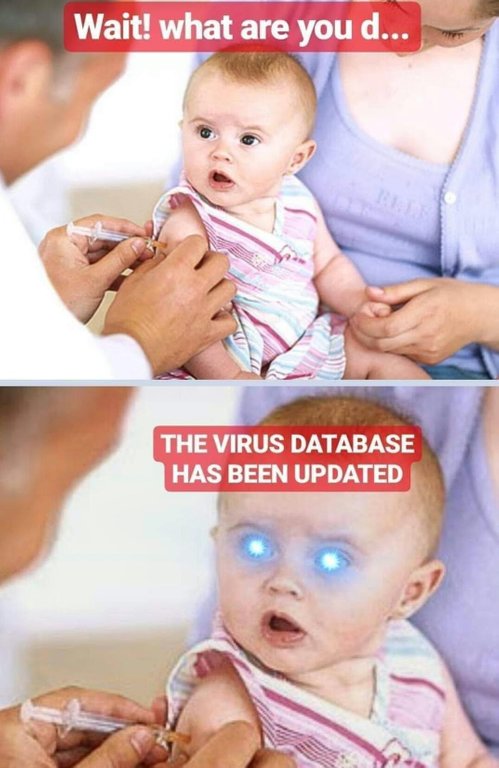



Online botnetsĪ botnet is a vast army of compromised devices that are harnessed by cyber-criminals to mount large-scale online attacks. In this scenario it becomes like a ‘fox in the hen house’, able to mount local attacks and possibly even steal your personal data. If your wireless camera lacks basic security and it’s connected to your home network, it could put other devices, such as laptops or smartphones, at risk. The attacker might be able to pinpoint your exact location using the camera, and if it has a microphone, they could even be able to talk to you through the device. A hacker could be in a bedroom in America and watching your home on their laptop. Smart home spyingĭodgy cameras can be easily hacked from anywhere in the world. However, the impact of a hacking attack can be devastating from intrusion to your privacy to potential compromise of other connected devices you have at home. Unless the camera starts moving without you doing anything, or a voice sounds from the built-in microphone, you might not actually know that your camera has been hacked. They can then tamper with virtually any aspect of the camera and even load it up with malware.

This involves gaining what’s known as ‘root’ access to the camera a bit like having the keys to the front door of a house. With some cameras, an attacker can take complete control over the device – known as full camera takeover. Some cameras even transmit your wi-fi password, too, putting your home internet at risk. This means that when you enter your password, an attacker could steal it and use it to access your camera. Even if you change the camera’s password, some cameras will send it, unencrypted, over the internet. Password security is also an issue if the camera sends unencrypted data. You can also use a password manager to help. Attackers know this, and can scan for cameras that are online to try these weak login details to gain access. Some wireless cameras come with weak usernames, such as ‘admin’, and also easy to guess passwords, such as ‘admin’ (again), ‘888888’ or ‘123456’. Weak or generic default passwords are one of the most exploitable issues you'll find. There are many different ways that an indoor surveillance camera might be targeted by hackers.


 0 kommentar(er)
0 kommentar(er)
